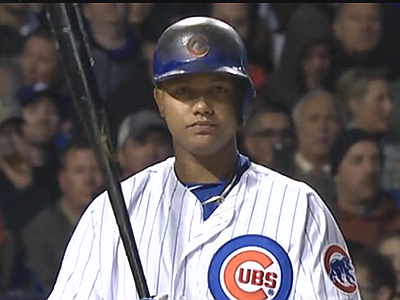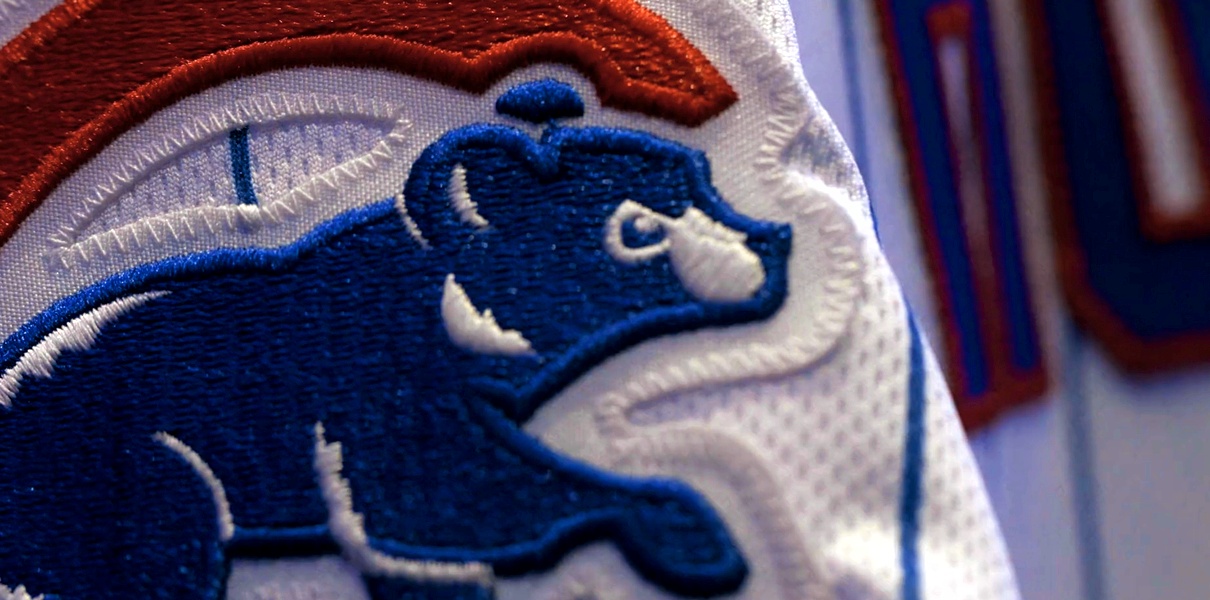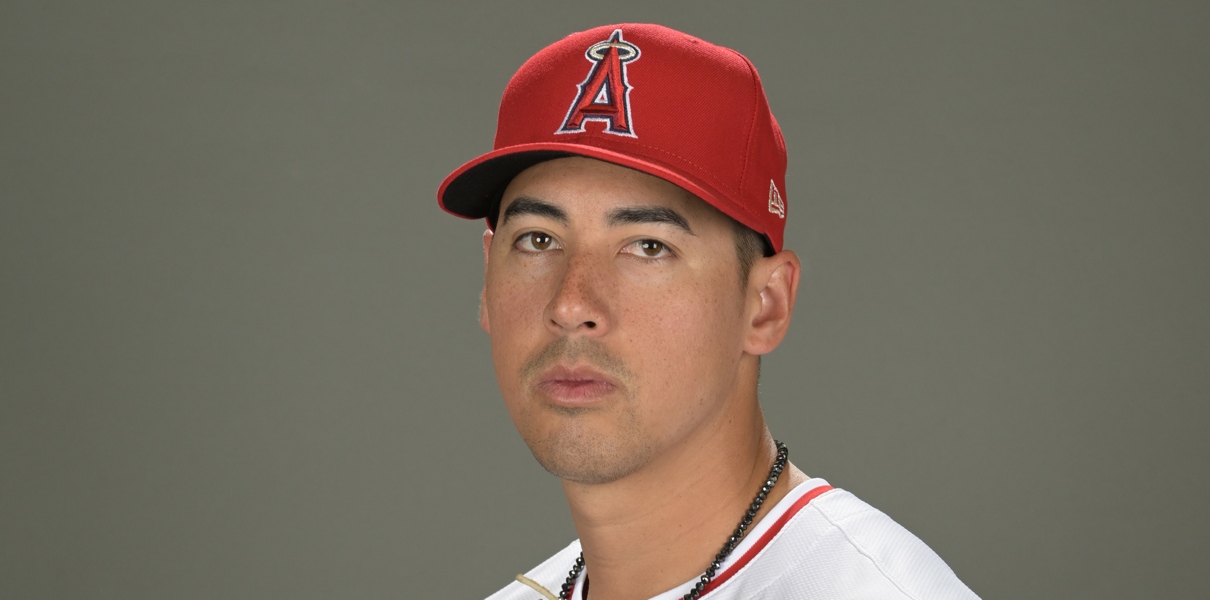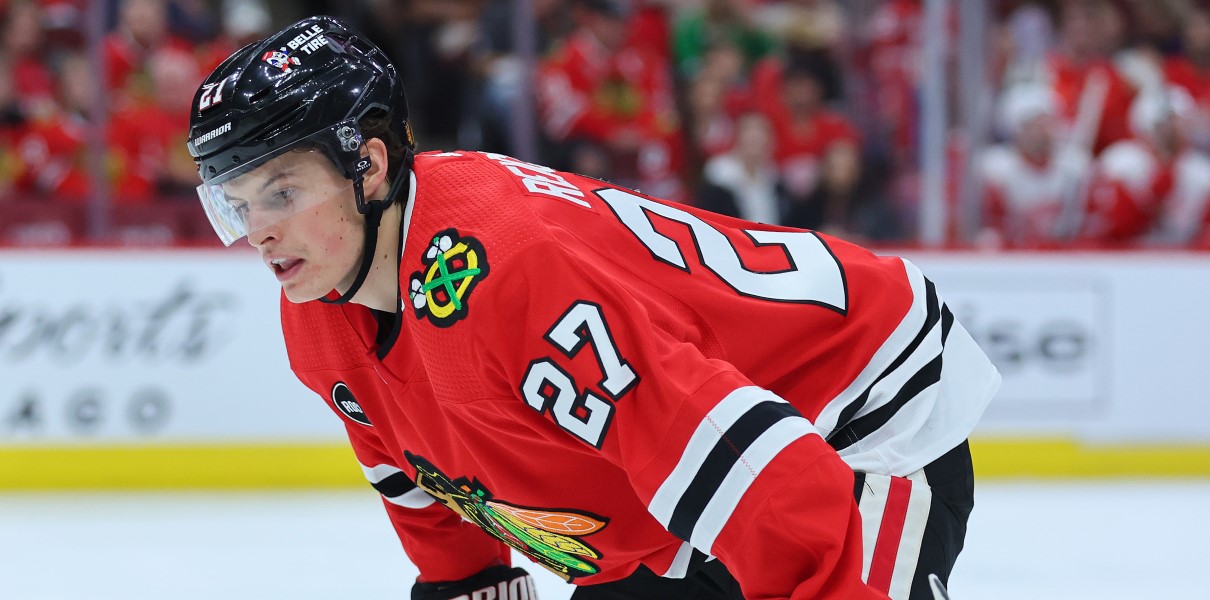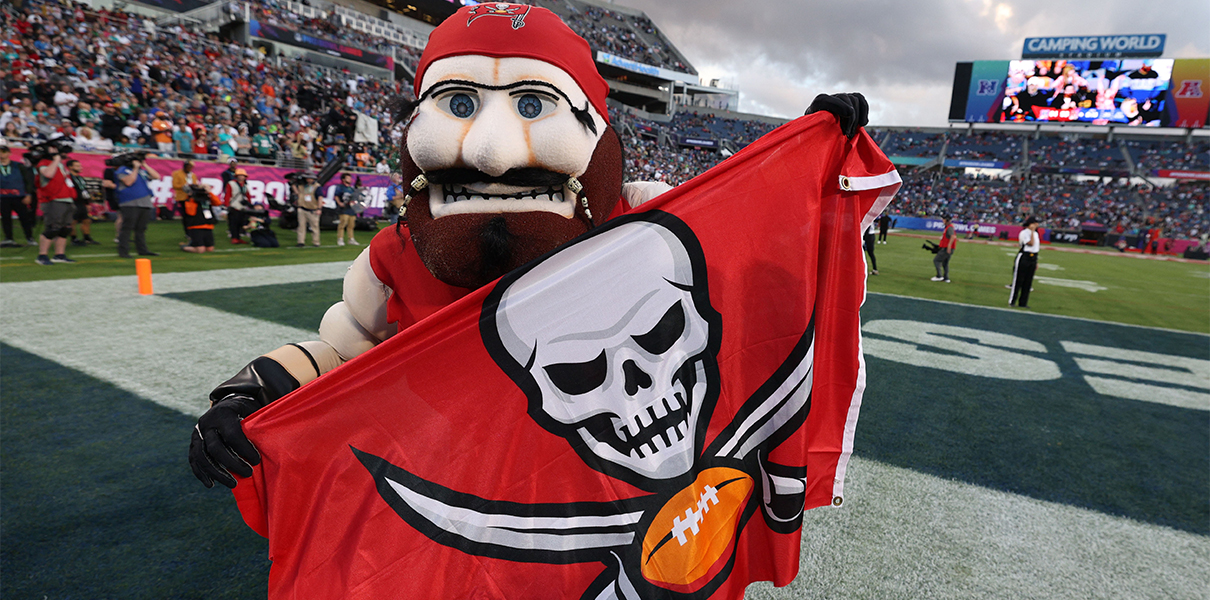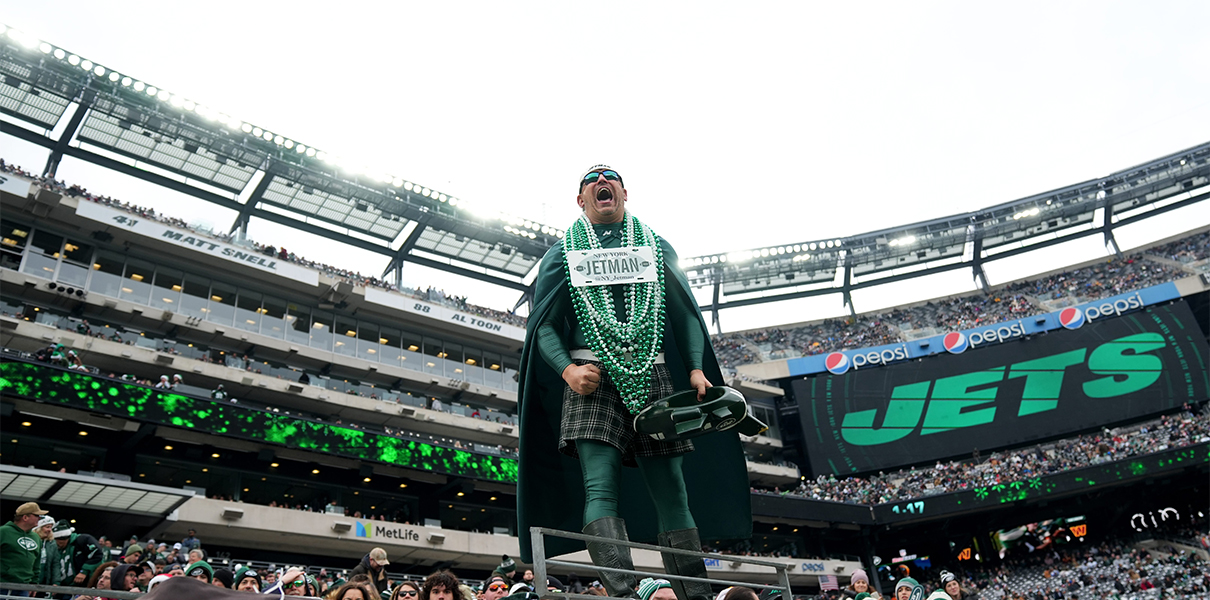In the eighth inning of Monday night’s game against the St. Louis Cardinals, Starlin Castro came up to the plate with two on and two outs, down by 2 runs. Unfortunately, a comeback wasn’t in the cards that evening, unlike several other times Castro has come through already this year. Castro grounded out to shortstop Jhonny Peralta, to end the threat and the inning.
Here’s how Matt Belisle approached Castro in that at bat (per Brooks Baseball):
With the count at 1-2, Belisle threw Castro two straight pitches off the plate, away. Castro fouled the first one off before rolling over the second, resulting in yet another ground ball to the left side of the infield. Of course, no one can come through every time they step up to the plate, but this ground out reminded me of something Castro seems to be doing a lot of lately: attempting to pull outside pitches, resulting in weak groundouts to the left side of the infield.
This may not be a trend that has struck you as an issue just yet, because Castro has gotten off to a relatively hot start (even without the slugging). As of May 5, Castro is hitting .303/.330/.374 with a .354 BABIP. Normally, I’d caution that his line is inflated by the elevated BABIP, but Castro has historically carried an above-average BABIP (career .326).
However, his performance at the plate has been trending down of late in at least one notable way.
Over his last ten games (dating back to April 23), Castro has hit just .244/.279/.244, despite a healthy BABIP (.323) and a reasonable strikeout rate 23.3%. Part of the reason why his line is falling, then, is because he has been hitting an unusually large number of groundballs, and they are clustering to his pull side more often than usual.
Indeed, that’s been a big story in the early going for Castro this year. Here is Castro’s 2015 spray chart (per Brooks Baseball):
As you can see, Castro has hit a relatively high number of groundballs to the left side of the diamond in 2015.
Indeed, his groundball rate for 2015 (64.2%) is far greater than his career groundball rate (49.2%), and is the second highest in all of baseball. In terms of his statistical results thus far, that could explain a lot of what we’re seeing. Ground balls typically carry a higher BABIP than fly balls (explaining Castro’s improved batting average), but generate fewer extra-base hits (explaining his depressed slugging %). As his BABIP began to normalize a bit over the past ten days, more of Castro’s grounders have found gloves, resulting in more outs made, overall.
Here is Castro’s career spray chart, for comparison (per Brooks Baseball):
Yes, the pulled grounders are still there, but at a rate not nearly as notable as in 2015. It appears that Castro has maintained a more even distribution of hits across the infield throughout his career than he has in 2015.
The numbers back this up, as well: Castro’s 2015 Pull% (54.3) is far greater than his career Pull% (35.8). If Castro continues to try and pull outside pitches – instead of taking them other way, like he has historically done – pitchers will keep attacking him away and he will continue to generate weak groundouts to the left side of the infield.
Were Castro generating more hard contact with his pull-heavy approach, you probably wouldn’t be as concerned. But, so far this year, Castro’s line drive rate has been just 16.0% – compared to the league average (19.1%) and Castro’s career average (20.3%). Further, Castro’s Soft% – an eyes-on measure of contact provided by Baseball Info Solutions and available at FanGraphs – is 29.6%, the worst of his career and the second worst in baseball.
We know that Castro has power in his bat and the ability to generate hard contact. But it won’t show up if he continues to beat balls into the ground. If he can just put more balls in the air, he may find that his overall slash line will improve, even if his batting average falls.
It is still a small sample, but Castro has already eclipsed the 100 PA mark here in 2015. Encouraging a player to make adjustments is not an easy task – especially for a player hitting above .300 – and we saw how Castro struggled with significant approach adjustments in 2013. Castro has found success early on in 2015, but his line will continue to drift downward if we don’t see some of these early groundball/weak contact trends reversed.
The good news there is that it’s so, so early in the year. With a small adjustment here and there, Castro could once again be going the other way with authority, and every number discussed here could vanish within a week.



